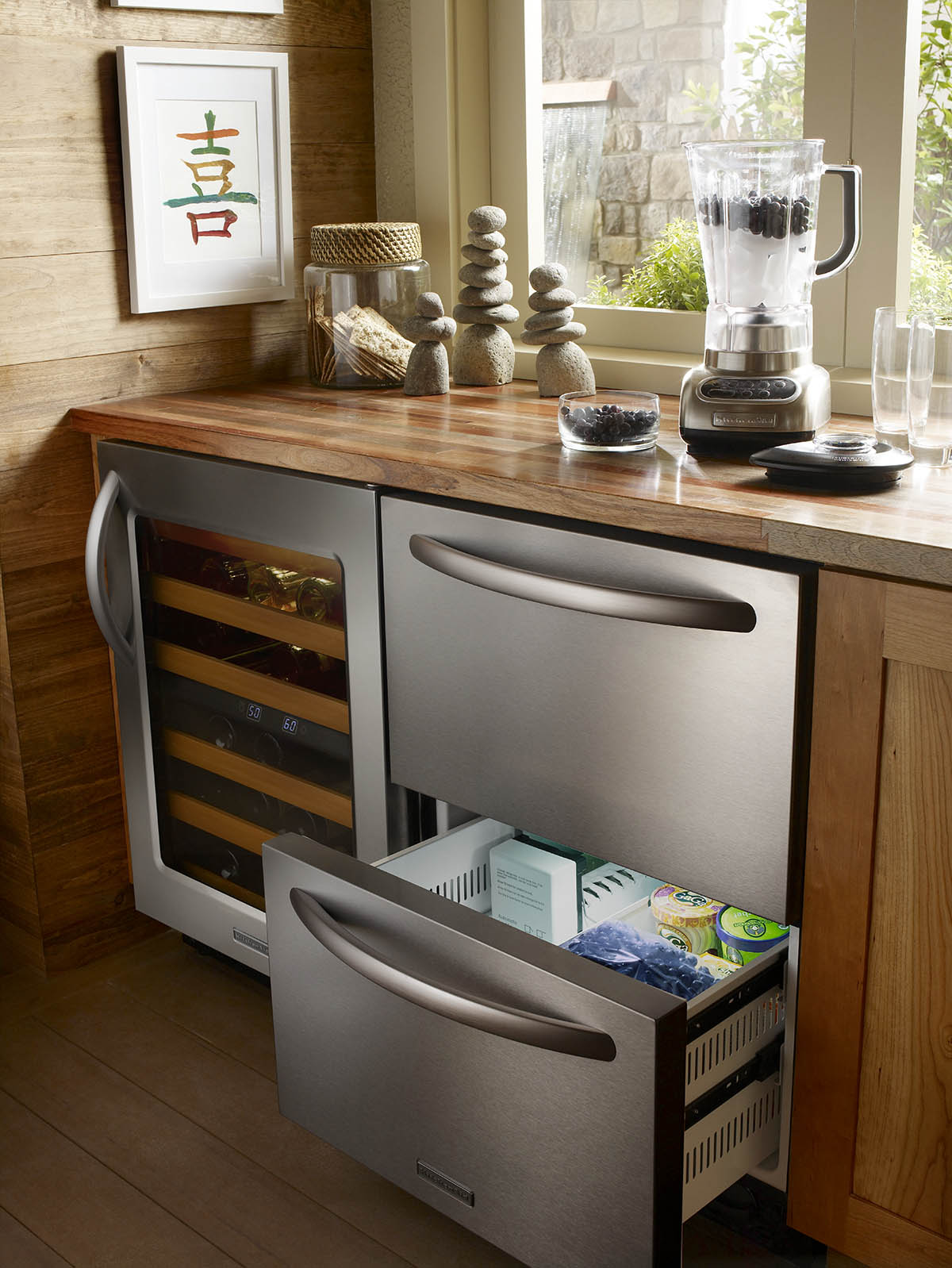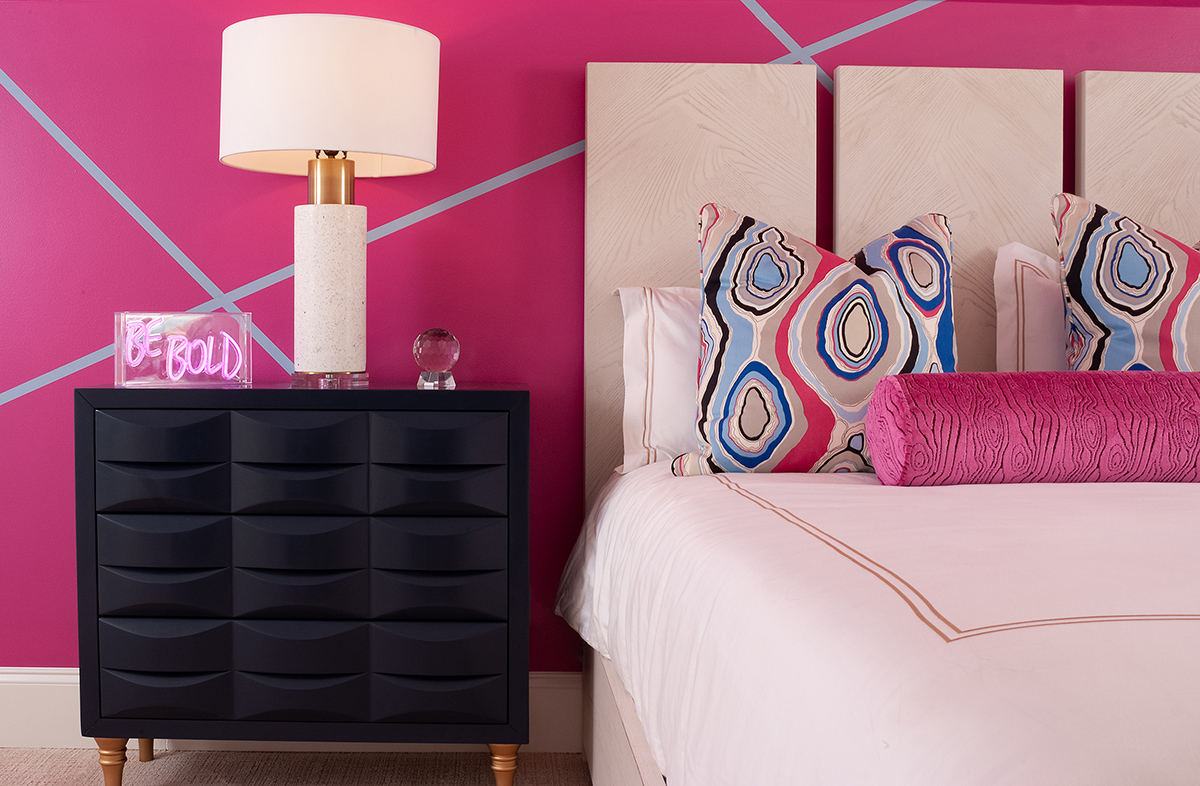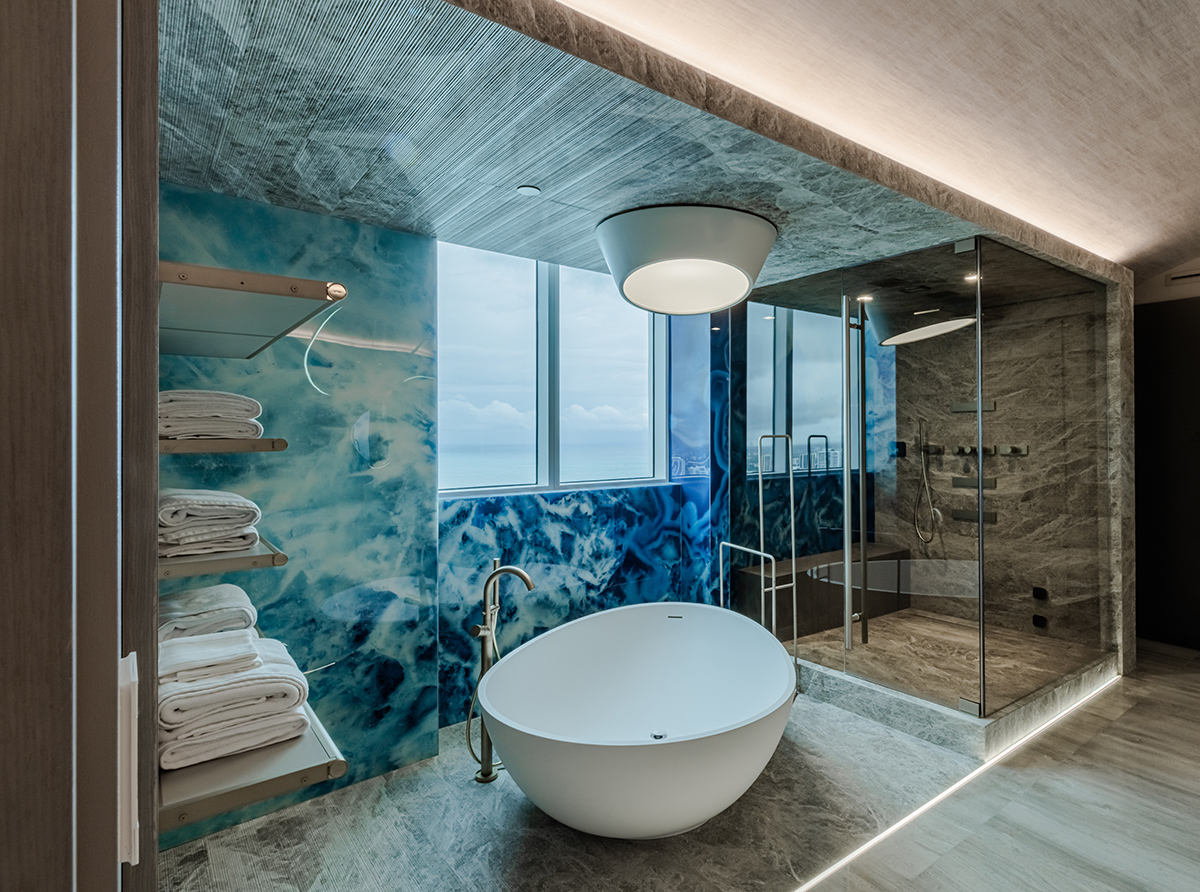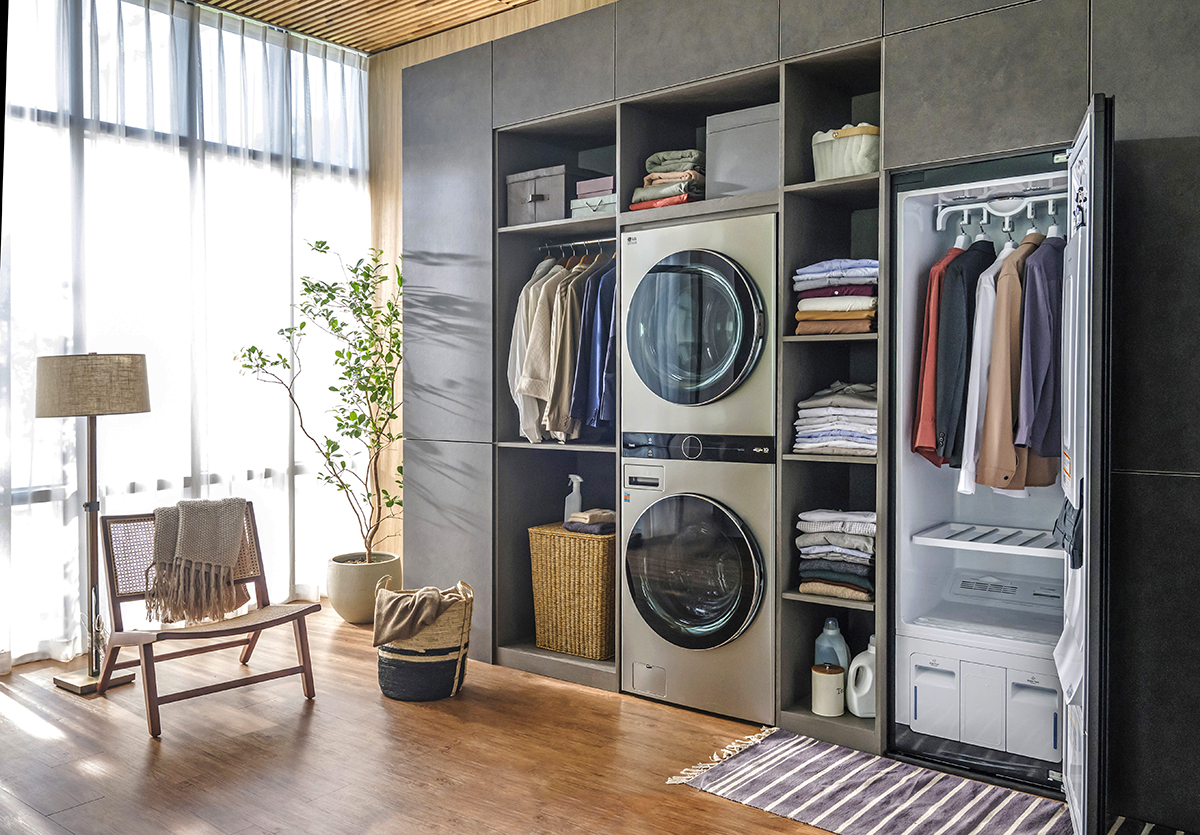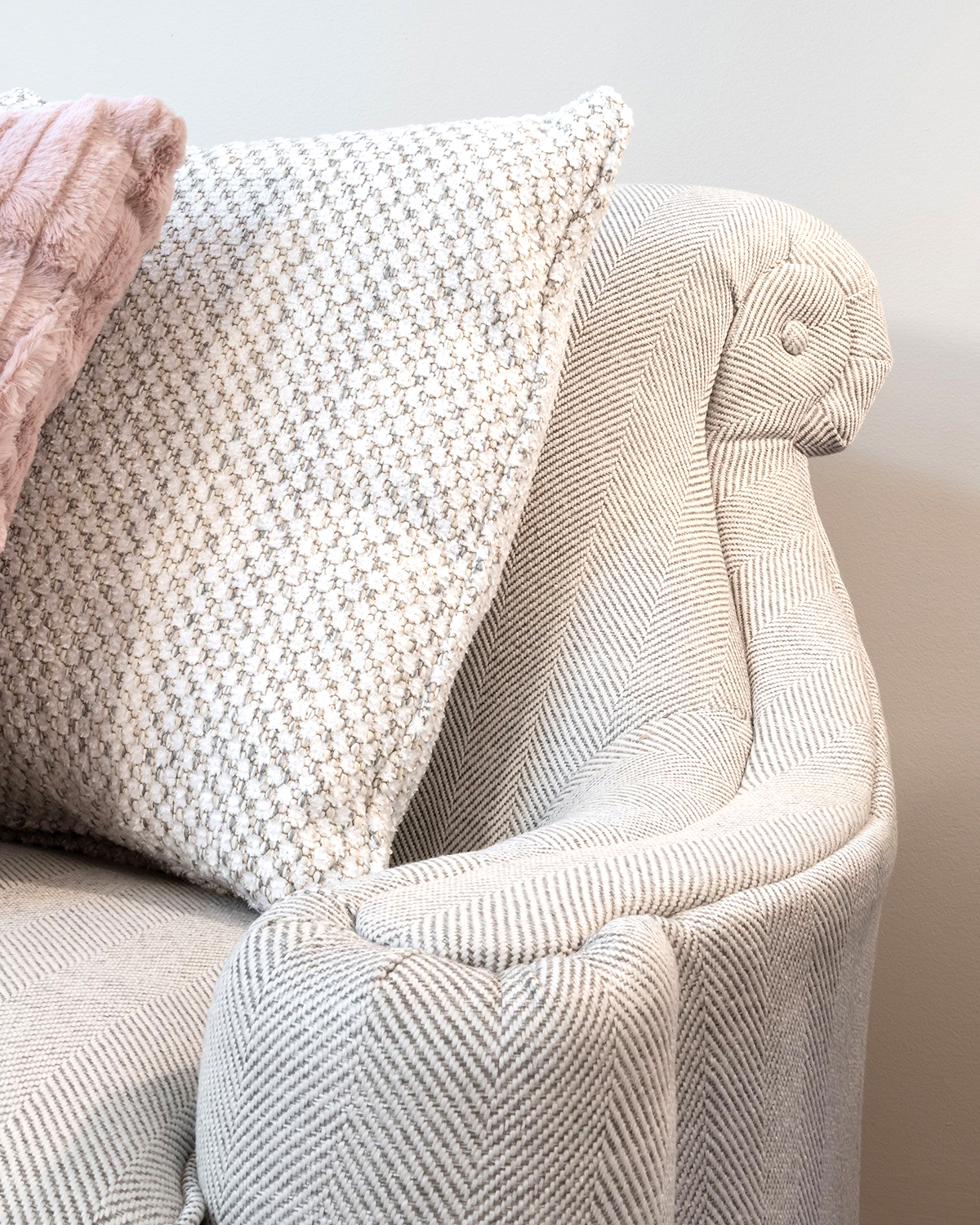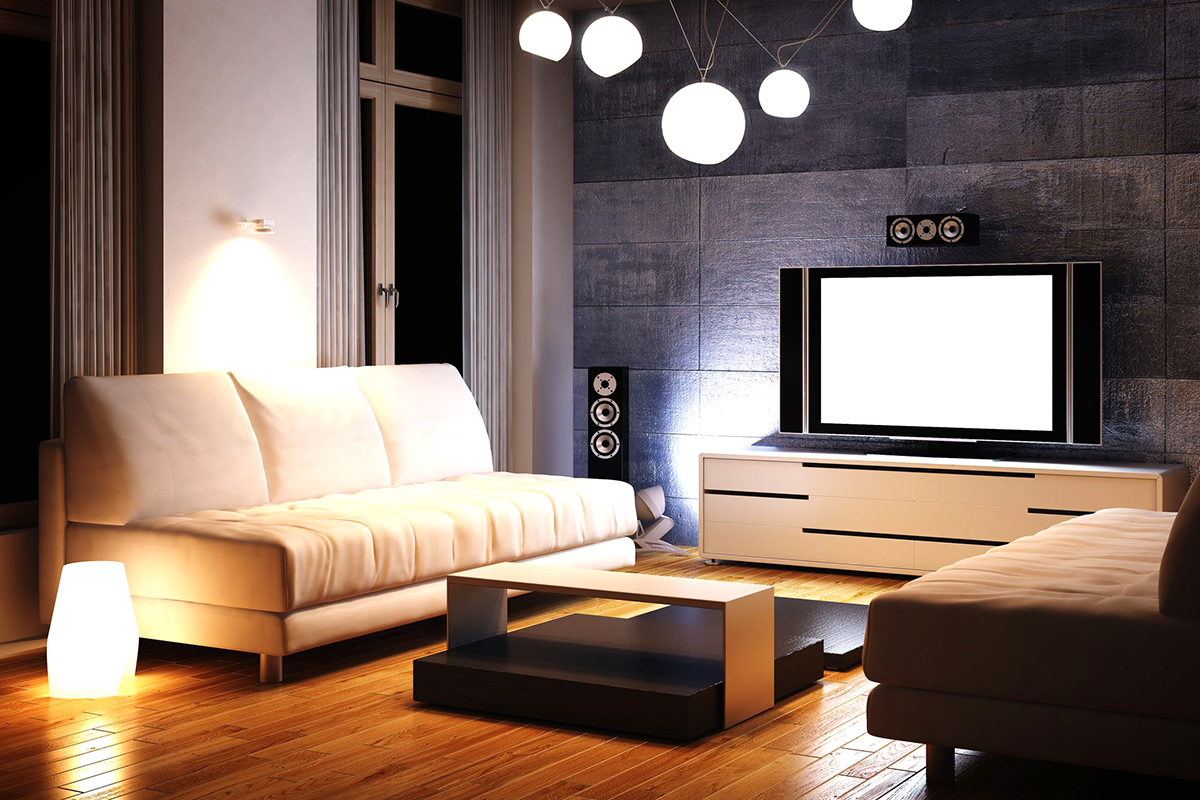WRITER | KIM VOS
PHOTOS | MIKE DORVINEN PHOTOGRAPHY
Salvage everything! It can all be repurposed, reused, and incorporated into cool designs. I enjoy mixing the old and the new, antique with contemporary, and not letting the parameters of design genre bind me.
Salvage is defined as “something extracted as valuable or useful.” In today’s design, the old is new again. I love to combine old weathered items with modern furniture to create a comfortable look. I like to use pieces of people’s lives in their homes to make it feel like there’s no place they’d rather be.
With today’s technology, the look of salvaged pieces can be recreated. Now you can buy a huge array of furniture, lights, and accessories that are new and modern in their function but old and refurbished in their look.
Salvage in decor is hot right now. I think of things like corbels, arches, baseboards, shutters, and spindles that were used on homes and then thrown into a landfill. Now, these items are valued for their worn layers of paint and tarnished aging. These classic pieces can add charm and elegance to a house, and this decor is what’s fashionable now. I try to help my clients understand that and how to marry the old with the new. I see my style as being fluid, changing with what fashion dictates.
So how can salvaged items be used in a home? The easiest ideas are finding interesting and sometimes large pieces of used architectural elements and simply cleaning them up and displaying them in your home. Items like corbels make perfect shelf brackets when paired with a piece of wood. Old wooden signs make fun wall decor, and tin vessels can be made into vases and other beautiful household accessories.
Countertops
There are surface finishes available in stone other than the traditional polished shine, including honed (smooth but not shiny) and brushed (satin finish with texture). Generally, brushed and honed finishes exemplify the less formal, salvaged look we are describing, but I like mixing them with polished as well. Concrete tops can look good, but they aren’t the most practical surface to live with. In seeking this look, I turn to quartz or nonpatterned granite, where I can get a predictable appearance without the maintenance. Throw in a tin-topped island, and now we’re talking!
Cabinets
I most often use Shaker-style cabinets in my designs, sometimes throwing in a heavy sculpted wood table or island to make it more interesting. Quality is paramount in cabinets; I use my kitchen and expect my clients do as well. I sometimes mix painted with wood finishes, not as a rule, but when it seems right. Knobs and pulls are like the frosting on the cake, and there is an endless selection of vintage-style pieces.
Lighting
When it comes to lighting, I like looks from traditional, elegant chandeliers with cut crystal to the heavy wood and iron fixtures reminiscent of industrial pieces of yesteryear. The beauty of old Edison bulbs and candle lights are now built into modern, efficient fixtures.
Tile
Funny how fashion repeats itself. The subway tiles that were so widely used in the past are in vogue again. It seems that cool things don’t go away, they just keep reappearing in different sizes, finishes, and colors. Good examples are the classic white subway shape in large sizes (4×12 or 4×16), or a 3×6 in antiqued mirror glass. Mosaics are back as well, with similar finishes, and glass tiles come in all shapes, sizes, and finishes. Porcelain tiles with uncanny wood pattern reproductions allow for a wood look in places where the real McCoy isn’t practical. There are a lot of porcelain and ceramic tiles that look reclaimed or repainted. Tile is such a versatile material, allowing for beautiful surfaces and accents that are extremely durable.
Shiplap
Shiplap – horizontal boards fixed to a wall – can add texture and an element of history. There are many attractive ways to incorporate it into a home. Old barn wood is a classic for a natural weathered look, but it is becoming harder to come by and more expensive. Once again, manufacturers have found a way to reproduce an aged, textured appearance in new lumber. Readily available, these new boards can also be painted for a cleaner look. I usually go with white, but dark colors can make a nice accent wall.
Architectural Elements
Fifteen years ago, buying parts from old buildings for home use was something of a novelty. Today, salvaged mantels, light fixtures, windows, arches, doors, and columns used decoratively in homes are commonplace. I love to find an inspirational piece, whether old or simply made to look old, and use it as the center of my design. An old utility cabinet became the heart of a recent kitchen; it inspired me, and once I settled on that, the rest of the kitchen fell into place.
These elements can also become cool wall art. Old windows and signs or unusual items like windmills can both fill a wall and tell a story. Big old clocks are great pieces, symbolizing both art and the passage of time. It’s about creating an inspirational yet comfortable atmosphere for my clients. I like learning what interests them and then finding things that personalize their homes.
Rugs and Pillows
While not typically a great choice for salvage per se, there is an abundance of fabrics that look as if they were. In Magnolia Homes Ella Rose Collection, for example, intentionally faded designs are simultaneously vintage and of-the-moment, creating a transitional look that’s at home both in classic and contemporary homes. These are favorites of mine for finishing off “the look.”
Salvaged items stir my heart. They all have a story, whether known or conjectured, and a new life begins when they are placed in their next home. I love learning about my clients and their style and preferences, then helping them realize the finished product with all the things that make it their own. Your home should be a reflection of your life, a place where you thrive and want to be. I see my job as drawing that out of my client’s heart and finding those significant main pieces that anchor a room, then finishing it with all those cool little things I so enjoy discovering with them. I try not to be bound by expectations of what a room should be and just feel free to create a loved space.



